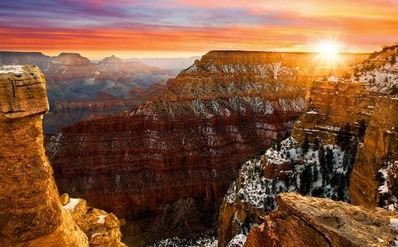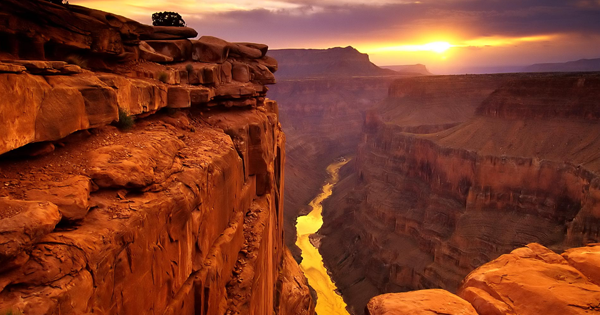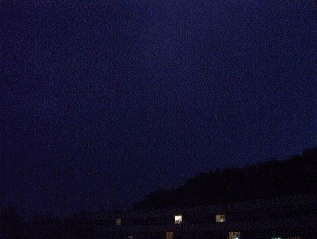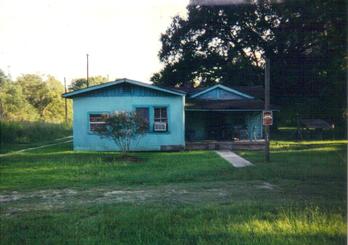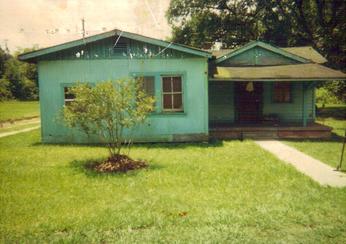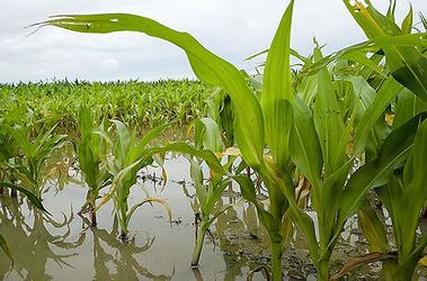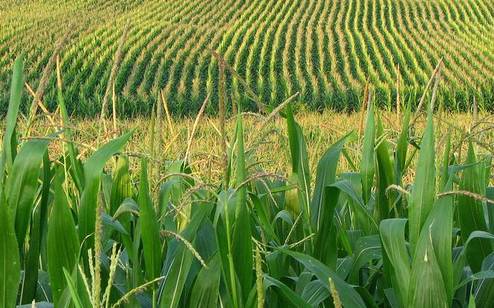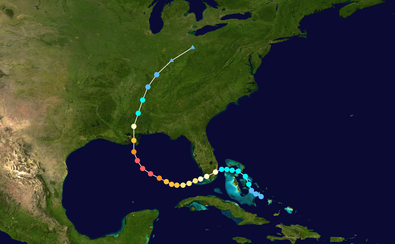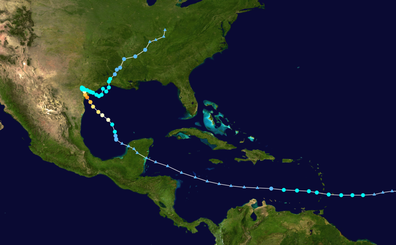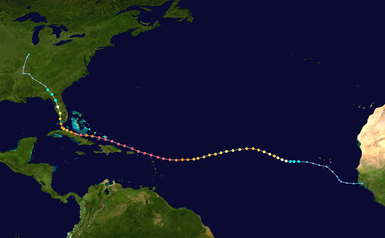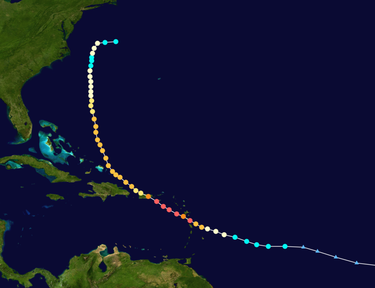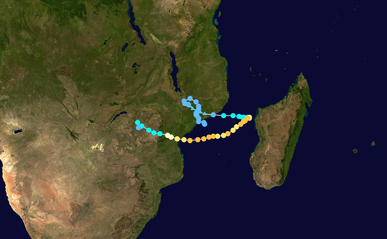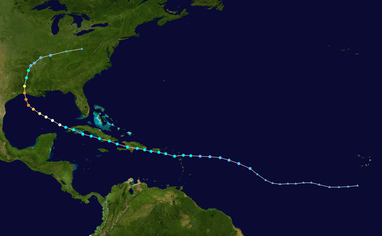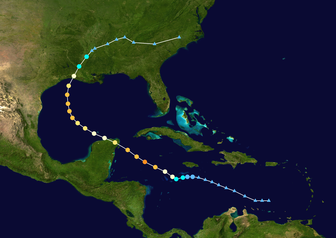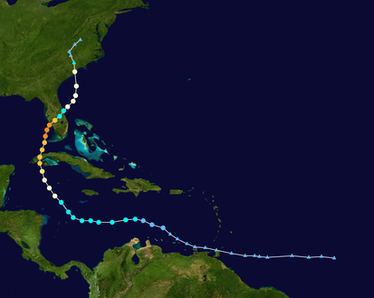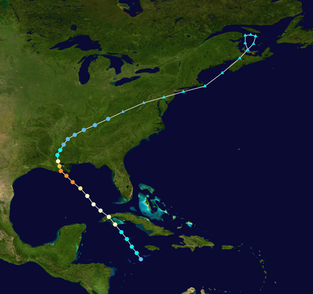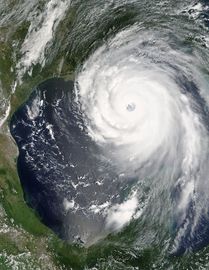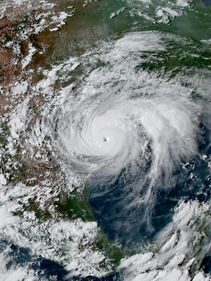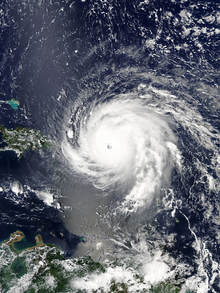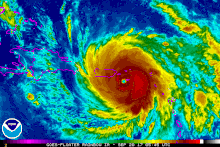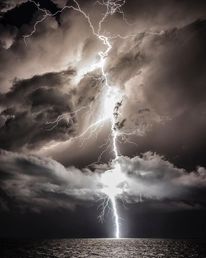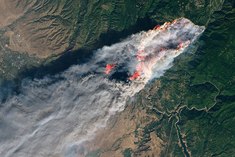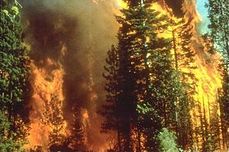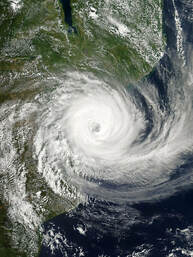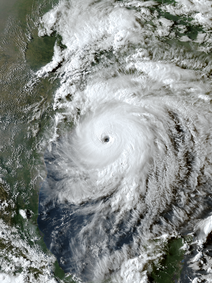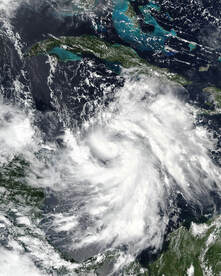ClassicShoppes.us post ads using approved affiliate links of online merchants. If you make a purchase
using such affiliate links, it may receive a commission, but it will not result in any additional charges to you.
using such affiliate links, it may receive a commission, but it will not result in any additional charges to you.
|
|
In Memory of
Mr. Raymond Johnson *Would you be so kind and please click "Donate" just to make a donation to, The Raymond Johnson Memorial Fund? The fund is now in C/O ClassicShoppes.us. His brief but true story is touched on just below the video entitled, "Fetal development month by month," as you scroll downward.
|
The Unique Galleria2 | Job Hunting?
This post and/or page contains affiliate links,
at no additional cost to you I am compensated
only if you purchase after clicking on the links.
at no additional cost to you I am compensated
only if you purchase after clicking on the links.
Today's Holiday
Turkmenistan Independence DayThis national holiday commemorates Turkmenistan's independence from the U.S.S.R. on October 27, 1991. Turkmenistan and other republics were gradually able to establish their own autonomous states due to the relaxation of Soviet rule influenced by the policy of perestroika. When the Soviet Union ceased to exist in December 1991, their independence was assured. More... |
Today's Holiday
provided by TheFreeDictionary.com
Quote of the Day
|
So, naturalists observe, a flea Has smaller fleas that on him prey; And these have smaller still to bite 'em; And so proceed ad infinitum. Jonathan Swift (1667-1745) |
Quote of the Day
provided by The Free Library
|
|
|
|
|
|
|
I sincerely hope that you have already taken in & enjoyed this video entitled, "Fetal development month by month." Vividly, it shows the remarkable development of a human life. If you have not as yet watched the video, please take the time to do so now. This video is only 6 minutes, 35 seconds in length.
|
~Mr. Raymond Johnson~
|
~Grandfather clause~ |
ClassicShoppes.us
~Where Class & Distinction Meets~
~Where Class & Distinction Meets~











